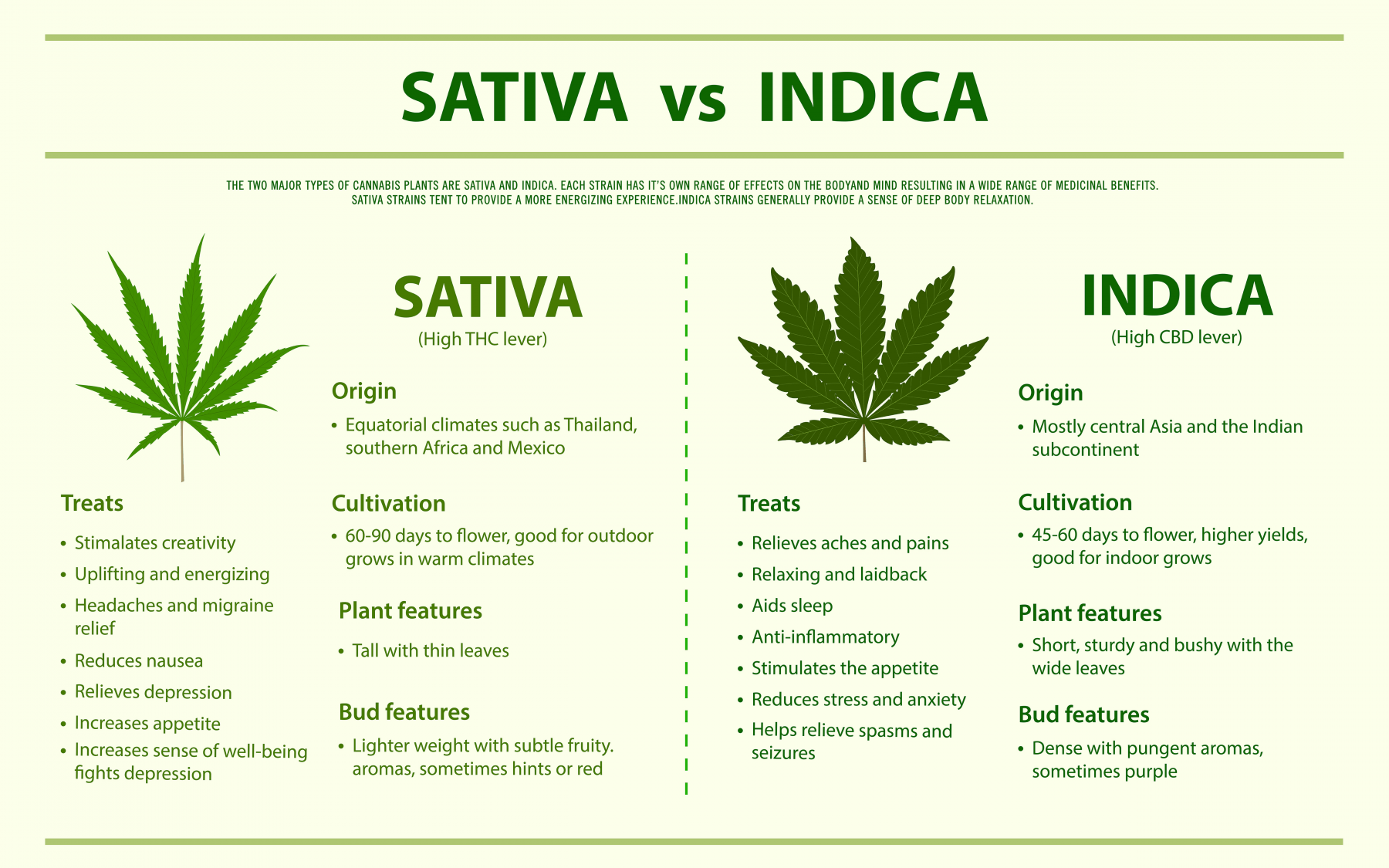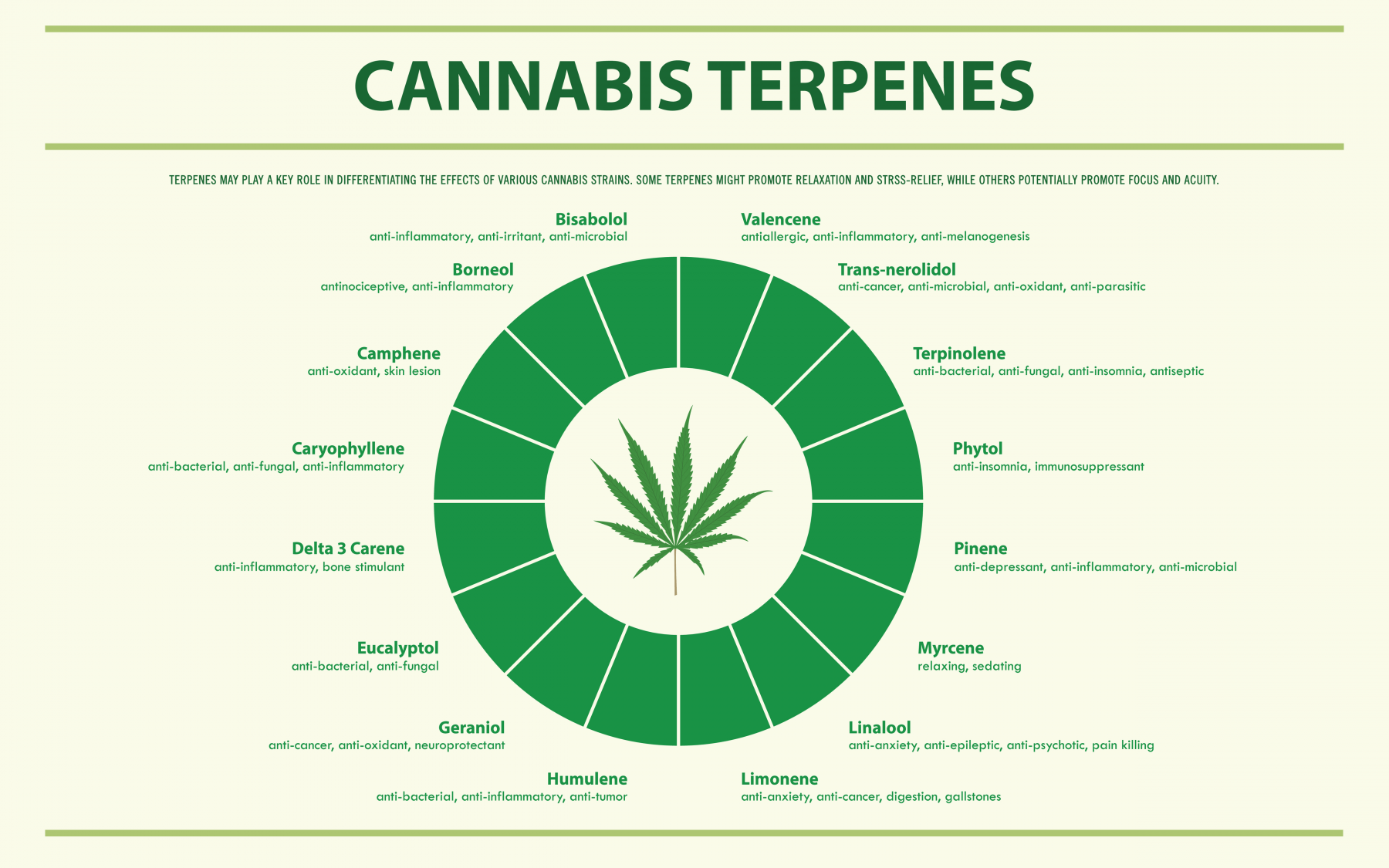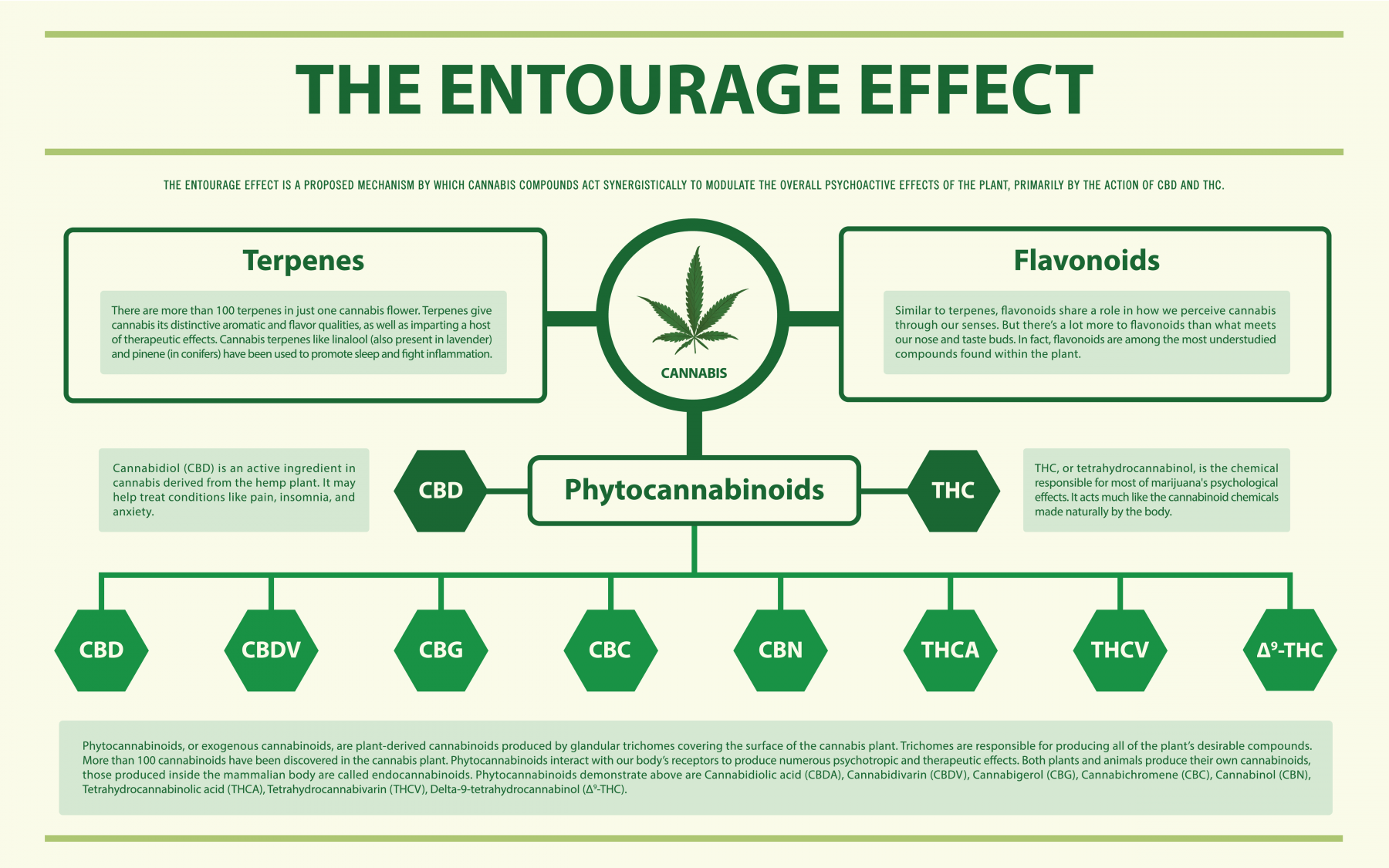Is Medical Cannabis Much More than Indica and Sativa?
When a medical cannabis patient sees the selection of cannabis products before them when choosing their medicine, they are likely faced with choices that range from Indica to Sativa, or hybrids of the two “types” of cannabis.
For centuries, the study of the cannabis plant has focused on the Indica/Sativa binary, with patients and connoisseurs of the plant alike generally believing the Indica provides sleepy, sedative effects (“in-da-couch”), while Sativa is more energetic, uplifting, and euphoric.
At Compassionate Clinics of America, we are concerned with staying on the cutting edge of understanding the cannabis plant in our approach to cannabis medicine. This includes recognizing where some of the previous understandings of the plant we’ve always carried may just be inaccurate or archaic.
So, what if we told you that Indica and Sativa don’t really mean anything when choosing your medical cannabis products after receiving your medical cannabis certification?
We’ll explain below a bit more as to why there is much more to understanding the effects of the cannabis plant than simply breaking it down to an Indica/Sativa binary.

The Indica/Sativa binary certainly is not new.
Cannabis has been studied by botanists and biologists the 18th century, when it was confirmed to be from the Cannabinaceae species of plants, with the botanical name of cannabis sativa L. In 1783, Jean Baptiste Lamark, a French biologist, proposed what became known as the “polytypic view” of cannabis as he believed that cannabis indica was another form of the plant due to its physical growing attributes.
It was Lamark, way back in 1783, who we can credit with the idea that Indica and Sativa are different plants, as the industry for so long adopted the view that indica plants have thick, stubby leaves, and are shorter in height, while sativa plants grow thinner leaves and reach high in stature. Lamark then made the leap that since there must be two “kinds” of cannabis, there must be a difference in effect.
Since Lamark’s declaration of the polytopic, Indica/Sativa view, various scientists have both supported, and refuted his claims. In the 1970s, one man even claimed within the California courts that he wasn’t selling “the illegal kind” of cannabis since cannabis had various types and he wasn’t selling “cannabis sativa” (and he actually won his case).
Those who favored the “monotypic view”, that there was only one species of cannabis, cannabis sativa L., would explain essentially that cannabis is cannabis, and that its various growing conditions, cultivation techniques, strains of cannabis, and taste and smells determine its effects. The rise in molecular biology and genome mapping has allowed a lot more insight into cannabis that leans towards cannabis being just one “type” yet within that type being thousands of cultivated varieties, or cultivars, which are more commonly known as strains.
To this day, the issue of whether Indica and Sativa are actually real scientific concepts is up for debate, nevertheless, both the medical and adult-use producers have continued to perpetuate the Indica/Sativa binary.
At Compassionate Clinics of America, we believe that there is much more to the plant to be discovered, and that education is the key to helping patients choose their products after receiving their medical cannabis certification.
So, What Differentiates Cannabis Products?
To say that the Indica/Sativa binary is inaccurate does not negate the fact that there are very different attributes between cannabis strains (cultivars), which is why there is generally a product out there for everyone based on their desired medical outcomes from cannabis.
Terpenes, not cannabinoids like THC or CBD, are the compounds in cannabis that are responsible for the various flavors, aromas, and effects that different cultivars (strains) produce. Terpenes are the aromatic compounds found in the essential oils of all plants and make up some of the most recognizable scents in the natural world.
Terpenes also hold various therapeutic properties that culminate in the differing effects one may experience across various cultivars, with it being noted by prominent cannabis researcher Dr. Ethan Russo that terpene concentrations higher than 0.5% in cannabis are of pharmacological note.

Limonene, for instance, is what you smell when you peel into a citrus fruit, providing that energizing, fresh, citrusy scent. When in higher concentrations within cannabis, it is often attributed to a citrusy flavor and aroma and is being researched for its anti-anxiety, anti-oxidant, and anti-inflammatory properties.
Many enjoy lavender for its soothing properties, which is largely due to the terpene linalool. In cannabis research, linalool is being investigated for its anti-anxiety properties, and its potential to reduce opioid dependence.
Pinene is what will hit the nose when walking through a fresh forest of fir trees, and is being researched as a possible bronchodilator that can be helpful for lung conditions among other properties.
There are hundreds of terpenes found in the cannabis plant and we have just here scratched the surface of the importance of terpenes for effect.
Terpenes and The Entourage Effect
In previous articles, we have discussed The Entourage Effect. The Entourage Effect is the interaction between cannabinoids like THC and CBD (and beyond), and the other components of cannabis, which include terpenes, aldehydes, thiols, and flavonoids.

Each of these components holds certain properties of its own, but are much more effective when working together in harmony, essentially boosting one another’s benefit. As Dr. Russo’s once explained, “2 + 2, instead of equaling 4, gives you an 8 in terms of the benefit.”
When accessing a Certificate of Analysis (COA) for a cannabis product at their local medical cannabis dispensary or reading the packaging on some producers’ products, patients can observe the terpenes and the percentages in which they are concentrated.
In upcoming articles on our blog, we will do a deep dive into terpenes and their medical properties and resulting effects so to help guide those we provide a medical cannabis recommendation to can help find the products, and the terpenes, that appeal to their goals with medical cannabis.
Explore Medical Cannabis with Compassionate Clinics of America
At Compassionate Clinics of America, we are dedicated to deepening our understanding of terpenes and other components of cannabis beyond cannabinoids like THC and CBD. If you’re interested in exploring medical cannabis in Illinois, Missouri, Pennsylvania, or Oklahoma, be sure to stay tuned to our blog as we continue to release more educational information to help patients maximize their cannabis medicine experience.
























